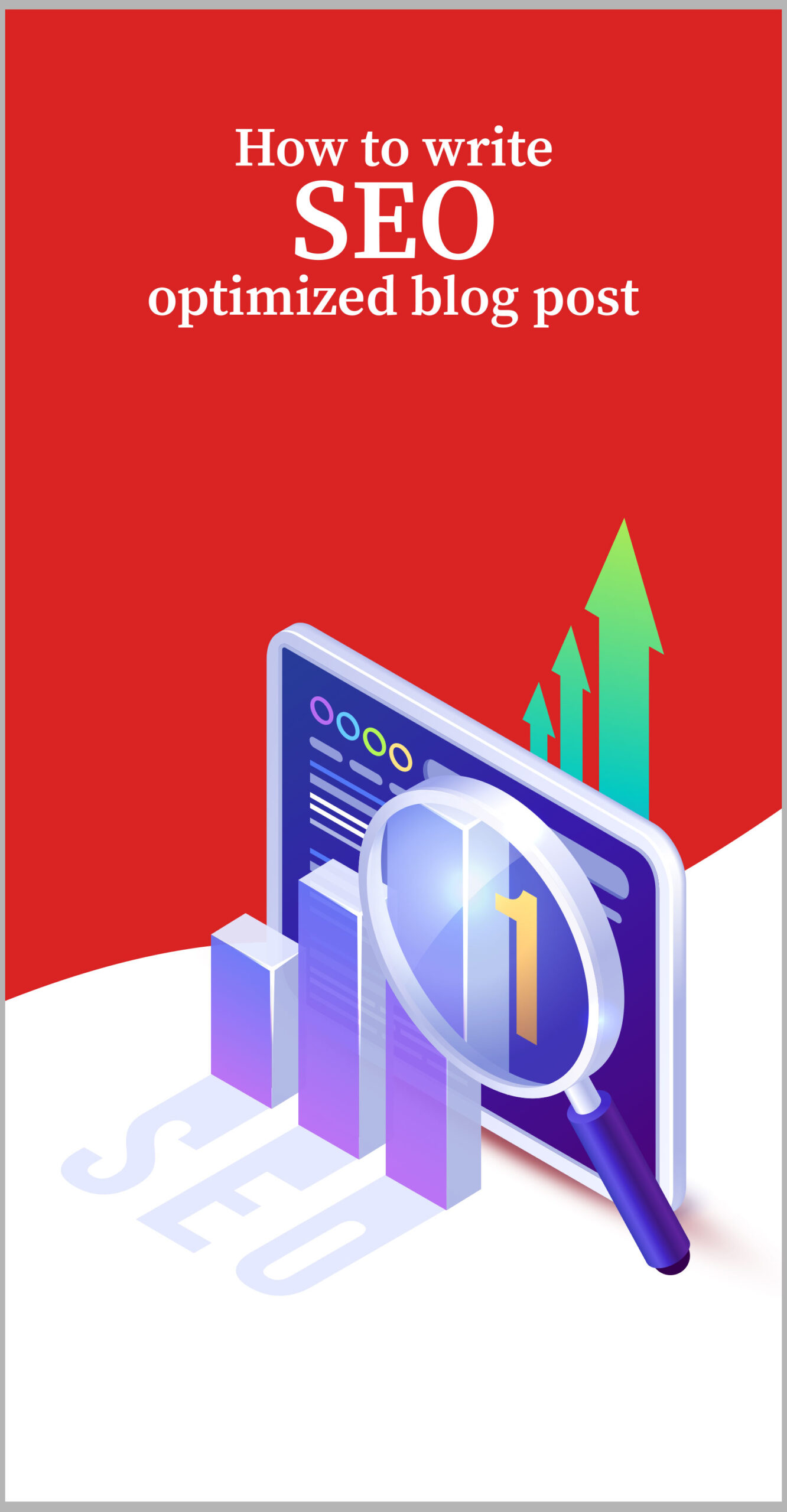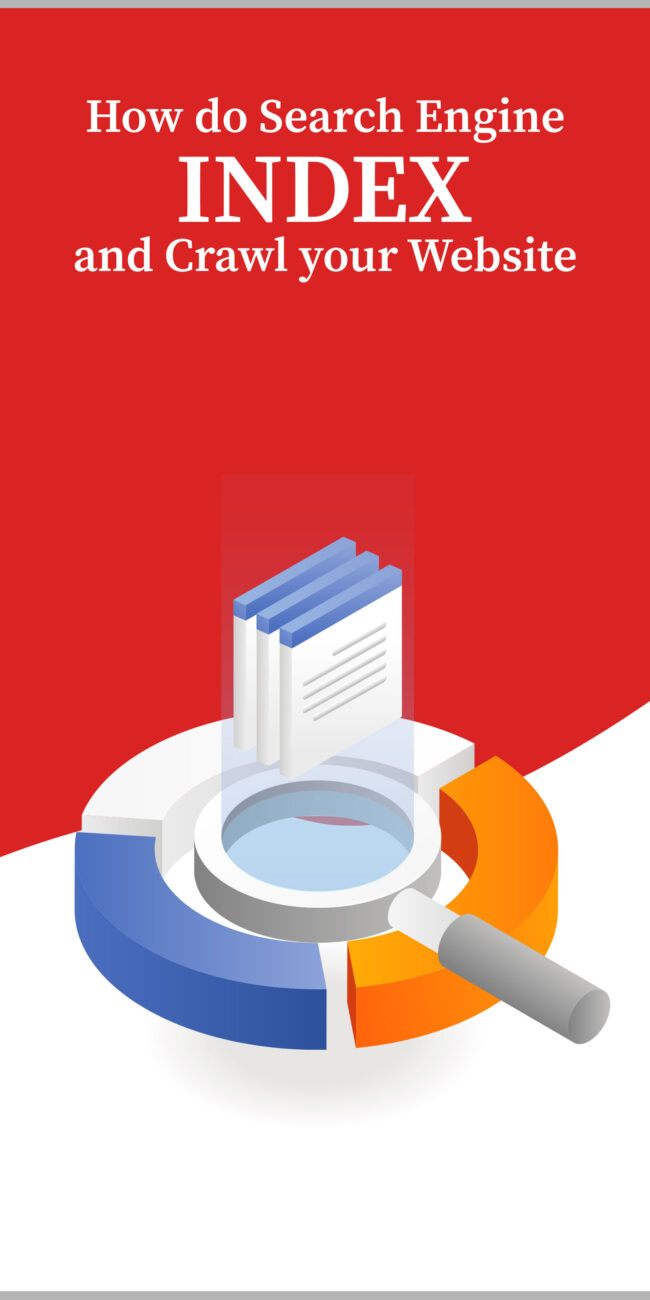
Creating SEO-Optimized Blog Posts requires skill. To maintain reader engagement, it’s essential to assess the organization of your content and make it not only informative but also enjoyable. Those who comprehend and enjoy a blog are often more inclined to share it with others, boosting your ratings. If you want to know how to write SEO-friendly content and improve your writing skills and rank, start with these SEO-friendly blog post writing suggestions!

To create SEO-optimized blogs, the keywords you want to be searched for should be featured prominently. But, inserting too many keywords reduces the readability of your writing, something you dislike doing. Google might see a high key density indicating that you are jamming keywords into your text, which can harm your ranks.
What are Seo Optimized blogs?
SEO-optimized blogs have been created to gain traffic from search engines. A blog is one of the simplest methods to generate a consistent supply of good SEO material. Blog articles are more exciting and likely to garner links than product pages, so they are an excellent approach to establishing some authority for your site.
A well-SEO-optimized blog with high-quality content is likelier to score high in search. In contrast, a well-optimized blog with low-quality content is less likely to rank high.
How to Write SEO-optimized blogs?
Most importantly, your blog piece ought to be well-written. Many bloggers just start writing a new blog post by penning whatever they can think of. This may work for people with excellent writing skills, but others may require guidance.
Think about your options before you write!
Before you start, thoroughly analyze the subject of your blog. What do you want to express to your readers, or what critical question do you want to answer? What is the purpose of your piece? What do you hope your readers do when they reach the end of the page? As you begin, note down the answers to these questions and evaluate someone’s search objective. A quick way to understand this is to go through the SERPS for the search phrase you want to rank for.
Determine your blog’s target audience
No matter what industry your blog addresses, you’ll want to locate and communicate to the intended audience that will read your BLOG. Knowing your target audience and what you’d like them to do after clicking on your content can help drive your blog approach.

Customer personas are an excellent method to target audiences according to their buying habits, demography, and psychographic segmentation. Without this knowledge, you may create grammatically perfect and accurate content. Still, only a tiny percentage of the audience would click on it because it doesn’t connect with them.
Make use of paragraphs and headers
Everyone uses paragraphs, though only some people do IT well. Don’t start a new sentence with a new line merely because it looks nice. Similarly, write more than a short sentence because each paragraph has a distinct theme or purpose. Examine what the main idea is in each section. That central idea should be summed up in a single phrase. If this is impossible and you want additional sentences to clarify the main argument, simply use lengthier paragraphs.
Proper titles can help your readers comprehend what segment of your article’s segment. To encourage people to read your content, use subheadings to direct their attention.
Subheadings aid in page scanning and define the arrangement of your content. They are essential not just for readability but also for ranking the blog in search engine results. Therefore, it is advised to integrate your keywords in a few subheadings; otherwise, the blog will appear awkward and unnatural. This will encourage you to read further.
Make use of transition words
Transition words help readers scan your information and understand the connection between sentences and paragraphs. Suppose that there are three reasons why customers should buy your products. You should use signal phrases such as ‘first and foremost, “secondly,’ and ‘finally,’ among others. Additionally, phrases such as “although,” “likewise,” and “for instance” send a powerful message to your viewers. Readers will instantly see that a conclusion will include phrases like ‘to summarise’ or ‘in brief.’ As a consequence, transition words are essential for structuring your work.
Use relevant keywords
Stuffing your article with the target keyword makes your blog less enticing to readers and can impact your search rankings. Google is becoming more competent, encouraging you to develop content your intended audience will adore. It doesn’t require you to add the main keyword in every sentence. It provides alternative methods for determining the topic of your work. One of the ways Google determines the subject of your content is by recognizing synonyms and other phrases related to your chosen keywords. As a result, you should use synonyms and similar terms throughout your work.
Optimize the length of your article
Make your blog posts at least 300 words and keep the length reasonable. Google likes long posts, but if your material is shorter, it may turn off viewers. Long articles should only be written when you know your creative abilities. When your material is extensive, you force many viewers to read it all. Use your focus key throughout your text to guarantee you have an SEO-friendly blog piece!
Include SEO-friendly pictures and videos
For SEO-optimized blogs, you should not just feature text but also photographs and other material that assist in clarifying and reinforcing your topic.
Pictures make your blog entries more exciting and understandable. They increase reader engagement, boost retention of key details, and make your site better accessible. Some intriguing and helpful additions to your blog postings are videos and GIFs. They improve the graphical, engaging, and emotional aspects of your material.
Conclusion
The key to successful blog SEO is consistency. You must follow blog SEO optimization tips, continuously write and read SEO marketing blogs, and optimize and modify search-focused for SEO-optimized blogs. It takes effort, and rankings will materialize slowly, but it is the only method to attract continuous search traffic to your blog.





